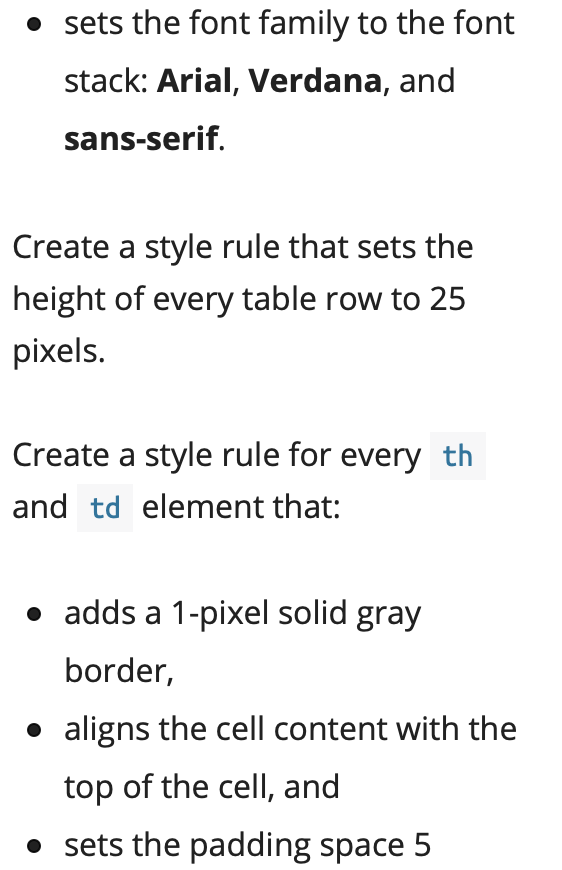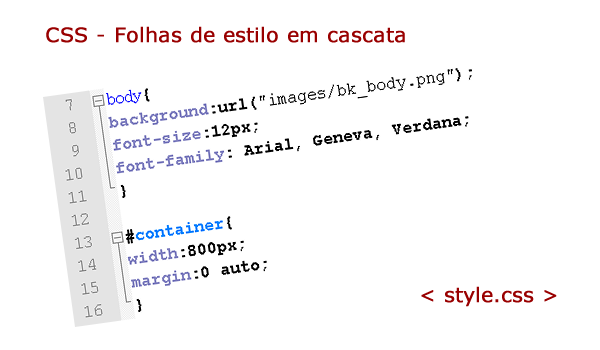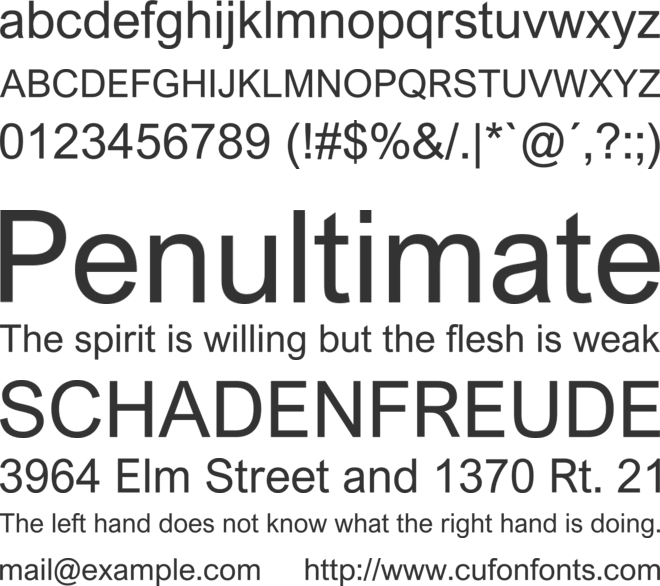

If you can’t define the specific font to use, you can at least define the type of font you want.īecause designers want to use more original fonts but still want their webpage to look exactly the same on anyone’s computer, it is possible to include a font in a webpage. It is good practice to use a generic family as the last value. Finally, if that one isn’t available either, it will use the browser’s default sans-serif font. If it’s not available, it will use the following one Verdana. body īy defining multiple values for font-family, the browser will look for the first value Arial and use it.

Depending on the editor configuration, users can select a font from the menubar or the toolbar (via the fontselect dropdown).

TinyMCE comes with 17 font options by default. We’re assuming you’ve already got an instance of TinyMCE up and running and you already know how to configure the editor by modifying the initialization script. In this article, we’ll discuss how to configure the editor with custom fonts for your users to choose from, plus how to set a custom font as the default editor font if required. The TinyMCE rich text editor comes with a default set of features and formatting options, but you can customize it to provide just about any UI/UX - check out 9 products you can build with TinyMCE. When you’re building the next generation of transformational software products, you want to provide the best possible user experience.


 0 kommentar(er)
0 kommentar(er)
